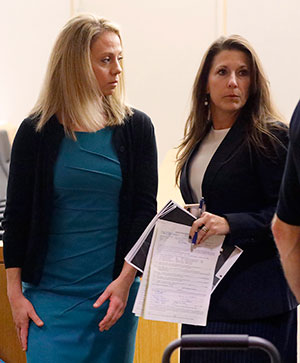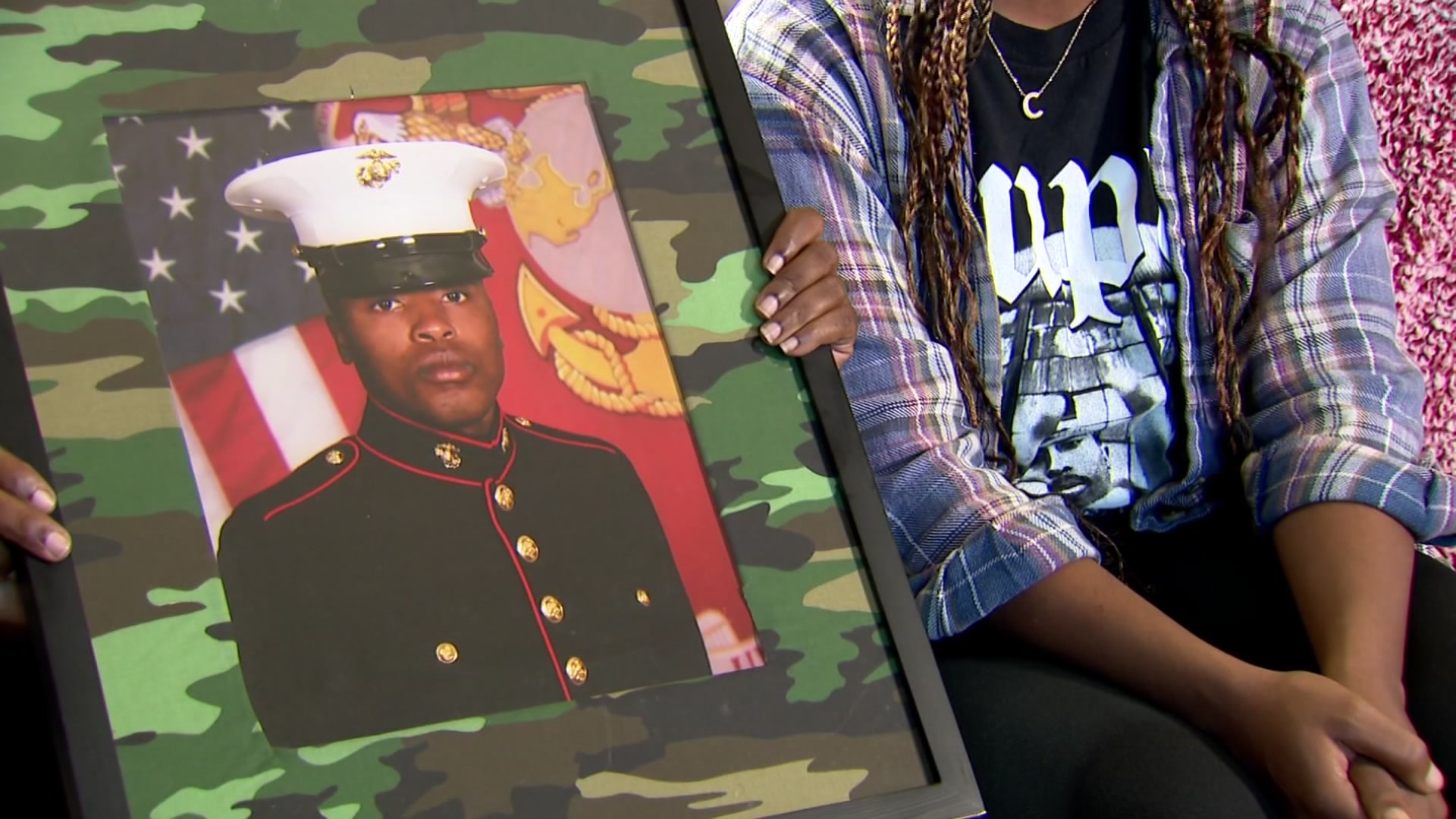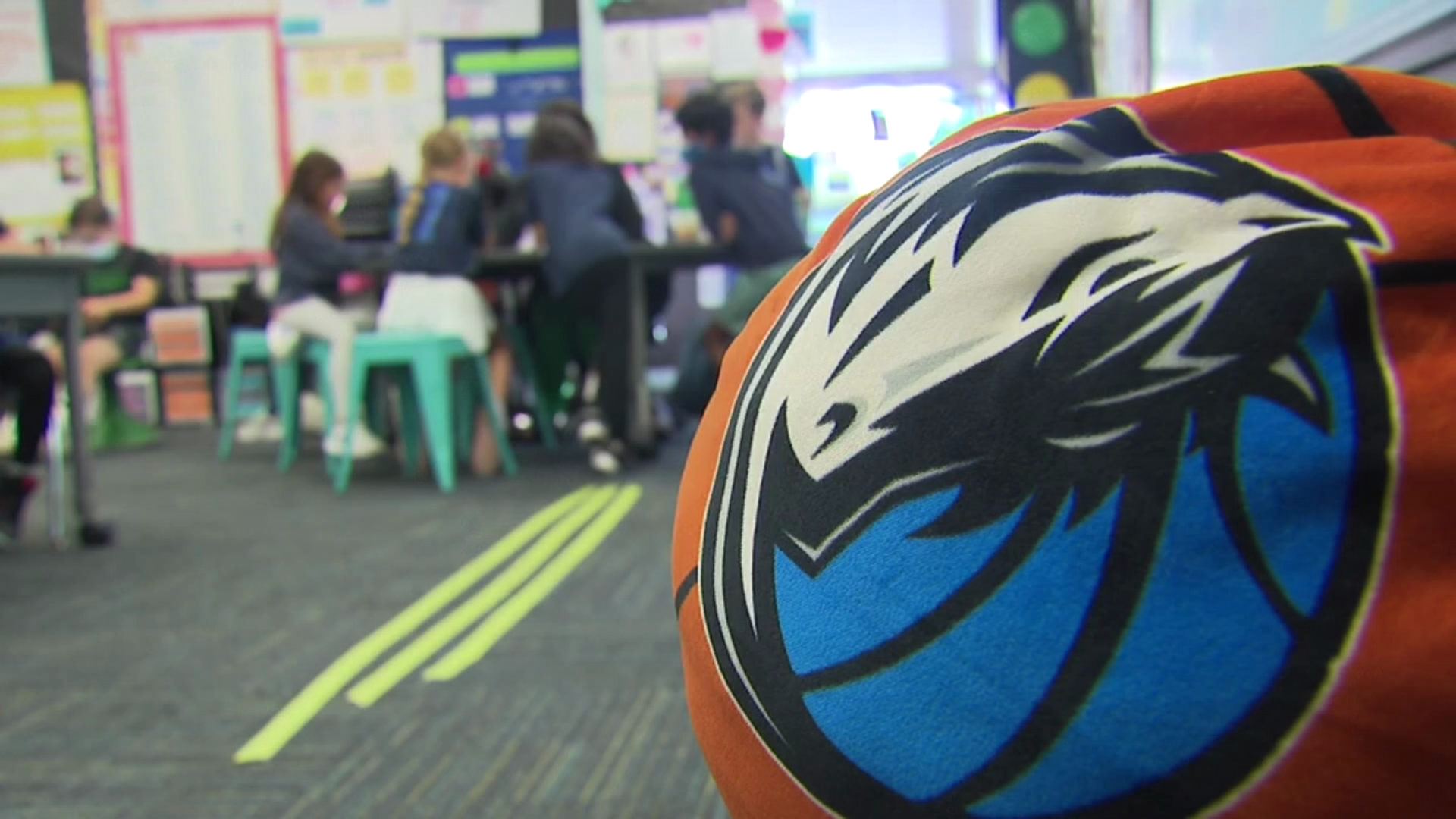Dallas County prosecutors rested their case against Amber Guyger on Thursday, satisfied they'd proved she murdered 26-year-old Botham Jean on the trial's fourth day. Before calling a witness in her defense, Guyger's team filed a motion requesting a direct verdict of not guilty, claiming the state failed to prove she knowingly and intentionally caused Jean's death -- the motion was denied by Judge Tammy Kemp and court was recessed until Friday morning.
Defense Attorney Robert Rogers said during opening statements that Guyger will take the stand. Legal experts have told NBC 5 she will likely be the final witness. Judge Tammy Kemp has sequestered the jury and announced Thursday that court will be in session on Saturday.
The state called a half-dozen witnesses Thursday for largely technical testimony, including a police officer, police detective, two Texas Rangers, a firearms expert and a criminal investigator for the district attorney's office.
The two Rangers involved in the investigation were among those to take the stand along with Dallas Police Officer Tu Minh Nguyen.
 Tom Fox/The Dallas Morning News
Tom Fox/The Dallas Morning NewsNguyen testified he moved Jean's shoes while attempting to revive him, which is important since the prosecution and defense continue to debate how close Jean was to Guyger when she fired the fatal shot.
Local
The latest news from around North Texas.
Nguyen confirmed that preservation of life trumps preservation of the crime scene and that officers attempting to save Botham Jean's life were not concerned with where furniture or other items were in the apartment -- or where they were moved. It was more important to move what they needed to move to render aid.
Like the two previous responding police officers called to testify, Nguyen also told jurors Jean was alive when he arrived.
"Is Mr. Jean alive or deceased," prosecutor Jason Hermus asked, referencing Nguyen's body camera video. "He was alive," Nguyen said, noting Jean's breathing was very faint and he was making slight, barely audible noises.
The jury also heard testimony Thursday from a Dallas police detective and Texas Ranger who took photos and video of the third and fourth floors of the South Side Flats apartments hallways and entrances to the parking garages. Both investigators noted the lack of apparent signage indicating which floor a person was on as well as Botham Jean's distinctive red floor mat -- the only one on his floor. Both investigators also noted the lack of a welcome mat in front of Guyger's apartment on the third floor.
Texas Ranger Michael Adcock testified Thursday that he created a 3-D photograph of Jean's apartment, called a Lecia scan, to help investigators show approximately where Amber Guyger was when she fired her weapon. Guyger fired two shots that night, only one of which hit Jean. The second shot ended up going through the back wall of his apartment. Measurements of that "disturbance" in the wall allowed investigators to plot a flight path of the bullet and give a likely location from where it was fired.
April Kendrick, a firearms and ammunition examiner at the Southwest Institute for Forensic Science (Dallas Crime Lab) instructed jurors on how a cartridge worked to "shoot a bullet" and verified for the jury that the gun placed into evidence as Amber Guyger's duty weapon was confirmed to have fired the shot that killed Botham Jean.
Dallas County District Attorney's Office Criminal Investigator Michael Grice told the jury that several days after the shooting he secured a warrant to take possession of Jean's red floor mat, noting that officers working the crime scene in the first hours after the shooting focused on the inside of his apartment and didn't recognize the evidentiary value of the floor mat at the time.
Following Grice's testimony, the state rested their case. The trial will resume Friday morning at 8:30 a.m.
Thursday's Testimony
Full Amber Guyger Timeline
Amber Guyger Murder Trial Attorneys
Learn more about the prosecutors and defense attorneys
Source/Credits: Larry Collins, Jack Highberger, NBC 5, Attorney Firms



